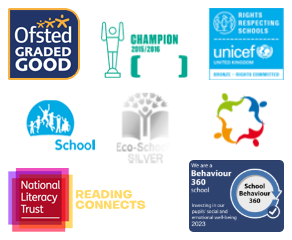At St Mary’s, our computing curriculum is intended to equip all children for their future, not just as learners but as they move forward in their lives. The world is constantly changing and technology is becoming an ever-increasing part of the lives of people around the world. Children will need to showcase their learning behaviours and understanding of technology in order to adapt to these changes. The computing curriculum intends to develop and nurture these behaviours and provide children with a variety of problem solving strategies to draw upon in the future. The curriculum is rooted in our core Christian values and is designed to support children in becoming individuals who can communicate and collaborate effectively and creatively using technology to enable this. The moral basis of our curriculum prepares children to become positive role models and open minded citizens who are able to take their place in an ever-changing society.
Computing Curriculum
Computing Intent:
Computing Implementation:
When computing is taught discretely, it should be done over the course of a day. A ‘computing day’ should focus on one area of computing and develop children’s skills over the course of the day.
During computing sessions, the whole class are taught at the same time. This works best in mixed ability groups as it allows children to work collaboratively to solve problems and create content. This also supports children who are less confident and allows children who are more confident to develop their skills further.
Computing planning is based on the schools’ ‘National Curriculum Skills Ladders’. We use the D.A.R.E.S. curriculum as it offers excellent coverage and provides both teacher and children with the resources to engage fully with the computing curriculum. The content of the lessons builds on previous learning that children have undertaken and uses the vocabulary relevant to the learning. It is essential that children are exposed to the correct vocabulary for processes in computing (e.g. algorithm, selection commands, content etc).
Opportunities for children to deepen their knowledge in computing is vast. By working collaboratively, children are able to learn from others. By experimenting with programs, software and platforms, children are able to better understand how things work and can extend their learning using this understanding.
E-Safety is taught every half term in our PSHE lessons and is reviewed and revised at the start of computing days – depending on the focus of the learning. The school uses ‘National Online Safety e-Safety’ plans and resources for delivering this important area of the curriculum. This programme meets the needs of the RSHE requirements and our computing curriculum requirements.







